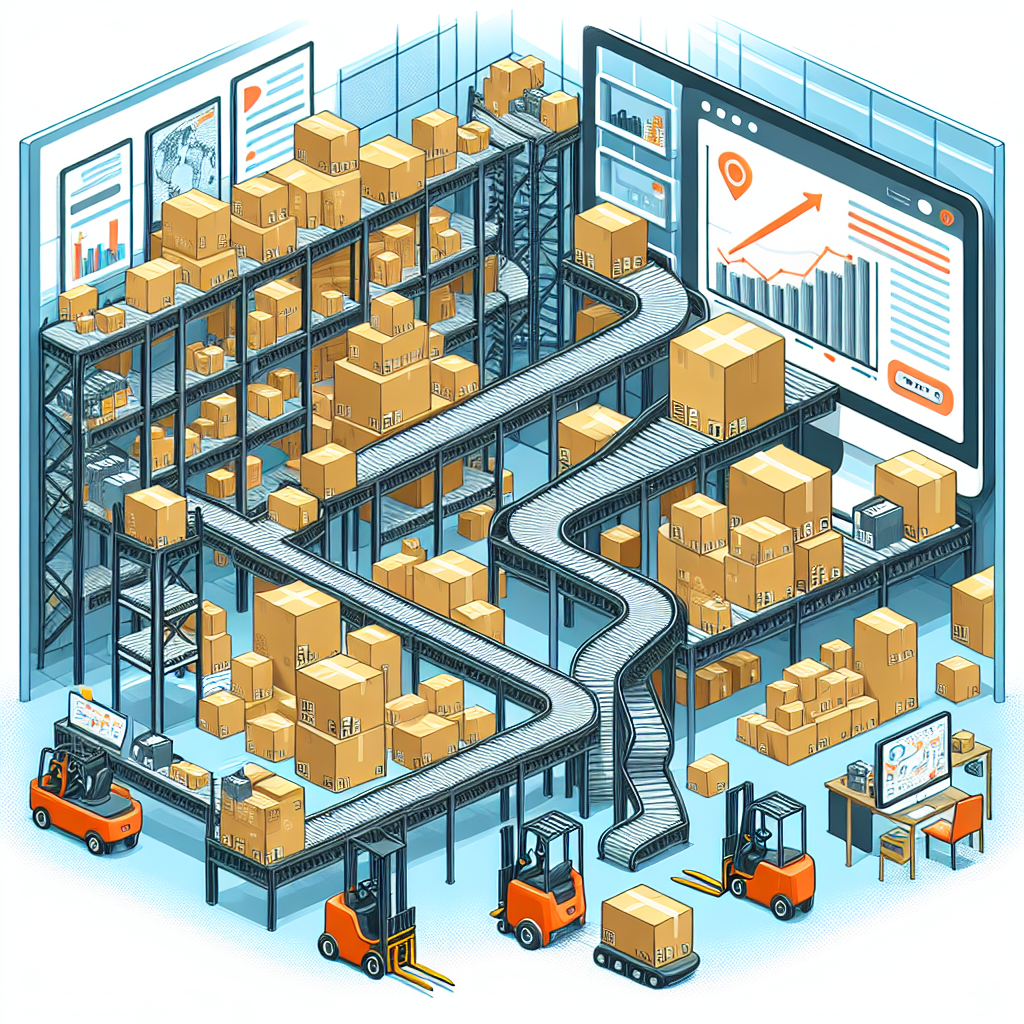
Introduction
Amazon’s Fulfillment by Amazon (FBA) program has revolutionized the e-commerce landscape, offering sellers an infrastructure that handles storage, packing, and shipping of products. While FBA provides numerous benefits like customer service management and warehouse automation, it is not without its downsides. In this article, we will delve into the various drawbacks associated with using Amazon FBA for shipments.
1. High Fees
One of the primary drawbacks of Amazon FBA is the high fees associated with the service. Amazon charges fees for storage, fulfillment, and long-term storage, which can add up quickly. These fees can significantly impact profit margins, especially for small businesses and startups.
| Fee Type | Description | Cost |
|---|---|---|
| Storage Fees | Monthly fee for storing products in Amazon’s warehouse. | $0.75 – $2.40 per cubic foot |
| Fulfillment Fees | Per-unit cost for picking, packing, and shipping products. | $2.50 – $5.50 per unit |
| Long-Term Storage Fees | Charged for items stored for more than 365 days. | $6.90 per cubic foot |
2. Inventory Management
Managing inventory through Amazon FBA can be cumbersome. Sellers must continuously monitor their inventory to avoid storage overages or stockouts. Furthermore, Amazon has strict requirements for how products must be prepared and labeled for shipment, which can become a time-consuming process.
Common Inventory Management Challenges:
- Tracking inventory levels to avoid overstocking or understocking.
- Preparing and labeling products according to Amazon’s guidelines.
- Navigating the complex FBA dashboard.
3. Limited Branding Opportunities
Another drawback is the limited opportunities for branding. When using FBA, products are packaged and shipped in Amazon-branded boxes. This reduces the chances for sellers to create a unique brand experience for customers, which can be crucial for brand differentiation in a competitive market.
4. Complexity in Returns Processing
Returns processing can become complex and costly when using Amazon FBA. Amazon has full control over the returns, and sellers sometimes face challenges in understanding the reasons for returns. Additionally, each return may incur additional fees, further impacting profit margins.
Possible Return-related Issues:
- High return rates due to Amazon’s customer-centric return policies.
- Fees for processing returns.
- Lack of clarity on returned product conditions and reasons.
5. Risk of Inventory Damage
There is also a risk of inventory damage when using Amazon FBA. Products may be damaged during transit or while being handled in Amazon’s fulfillment centers. Although Amazon offers reimbursement for damaged goods, the claim process can be lengthy and may not always cover the total loss.
6. Sales Tax Complications
Sales tax regulations can become more complicated when using Amazon FBA, as inventory is often stored in multiple fulfillment centers across different states. This multi-state presence can lead to nexus issues, where sellers may be required to collect and remit sales tax in states where they have inventory.
7. Inconsistent Inventory Placement
Amazon’s practice of distributing inventory across various fulfillment centers can lead to inconsistent inventory placement. This inconsistency can affect shipping times and costs, creating challenges for sellers aiming to provide a uniform customer experience.
Conclusion
While Amazon FBA offers a robust platform for managing e-commerce logistics, it is crucial for sellers to be aware of the potential drawbacks. From high fees to inventory management complications, sellers must carefully evaluate these risks and plan accordingly. By considering these challenges, sellers can make informed decisions and develop strategies to mitigate the downsides of using Amazon FBA.
Leave a Reply